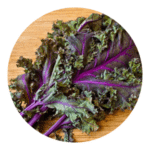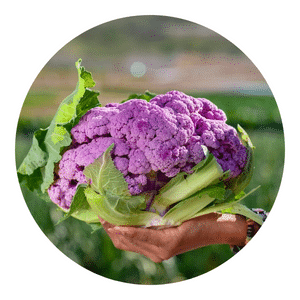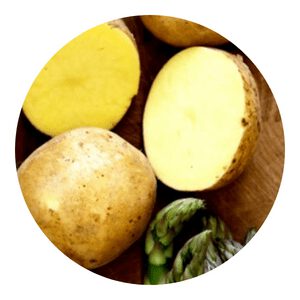Can Kale Grow in Hot Weather?
Kale is a superfood that is low in calories and high in nutrients. It is a good source of vitamins A, C, and K, and also contains calcium, iron, and fiber.
Kale can be eaten cooked or raw, and is often used in salads or as a garnish. But can kale grow in hot weather?
Kale is actually a very heat- tolerant plant.
It grows best in temperatures between 60-75 degrees Fahrenheit, but can still do well in temperatures up to 85 degrees.

Kale Menu
Kale is a versatile vegetable
Kale is a versatile vegetable that can be grown in many climates. It is a cool weather crop, but can also tolerate some heat.
In hot weather, kale will bolt, or go to seed. To prevent this, water kale regularly and provide some shade during the hottest part of the day.
Kale can be harvested when the leaves are 6-8 inches long.
Cut the leaves from the stem, being careful not to damage the plant.
Kale can be eaten raw or cooked. It is a good source of vitamins A and C, as well as iron and calcium.
Can Kale Grow in Hot Weather?
Kale is a hearty vegetable that can withstand some heat, but it will bolt if the temperature gets too hot.
Kale is a cool weather crop and prefers temperatures between 55-75 degrees Fahrenheit. If the temperature exceeds 75 degrees, kale will start to bolt, which means it will produce flowers and go to seed.
Once a plant goes to seed, it stops producing leaves, which are the edible part of the plant.
Kale that has bolted is still safe to eat, but it will have a bitter flavor.
If you live in an area with hot summers, you can still grow kale by planting it in the spring or fall when the temperatures are cooler.
You can also try growing kale in a shady spot or using a row cover to protect it from the hot sun.
Kale can grow in hot weather But it really doesn't like it The heat makes the leaves tough and bitter So if you want to eat kale Grow it in cooler weather
Chappy The Gardener
The Best Conditions for Growing Kale
Kale (Brassica oleracea) is a cool weather crop that thrives in full sun.
In fact, kale actually grows best when temperatures are between 60 and 75 degrees Fahrenheit.
When the weather gets too hot, kale will bolt, meaning it will go to seed and produce flowers.
Once this happens, the leaves of the plant become tough and bitter. If you live in an area with hot summers, you can still grow kale by planting it in the spring or fall when temperatures are cooler.
Kale also grows well in containers, so you can move it indoors or to a shady spot outdoors if necessary.
or sit amet, consectetur adipiscing elit. Ut elit tellus, luctus nec ullamcorper mattis, pulvinar dapibus leo.
How to Grow Kale in Hot Weather
Kale is a hearty vegetable that can withstand cool weather, but does not do well in hot weather.
If you must grow kale in hot weather, take steps to protect it from the heat.
Kale needs full sun to grow, but in hot weather, it should be grown in partial shade to prevent the leaves from getting too dry and scorched.
Water kale regularly, especially during dry spells, to keep the soil moist and prevent the leaves from wilting.
Apply a thick layer of mulch around the plants to help retain moisture and keep the roots cool.
If possible, choose a variety of kale that is more heat-tolerant, such as ‘Lacinato’ or ‘Redbor’.
These varieties are more likely to produce tasty greens even in hot weather conditions.
In conclusion, kale can grow in hot weather as long as the temperature is not too hot and the plant has enough water.
Kale is a hardy plant that can withstand some heat, but if the temperature gets too high, the leaves will start to wilt and the plant will not be able to recover.
If you live in an area with hot summers, make sure to water your kale regularly and give it some shade if possible.
Helps Us Grow – Share If You Like















